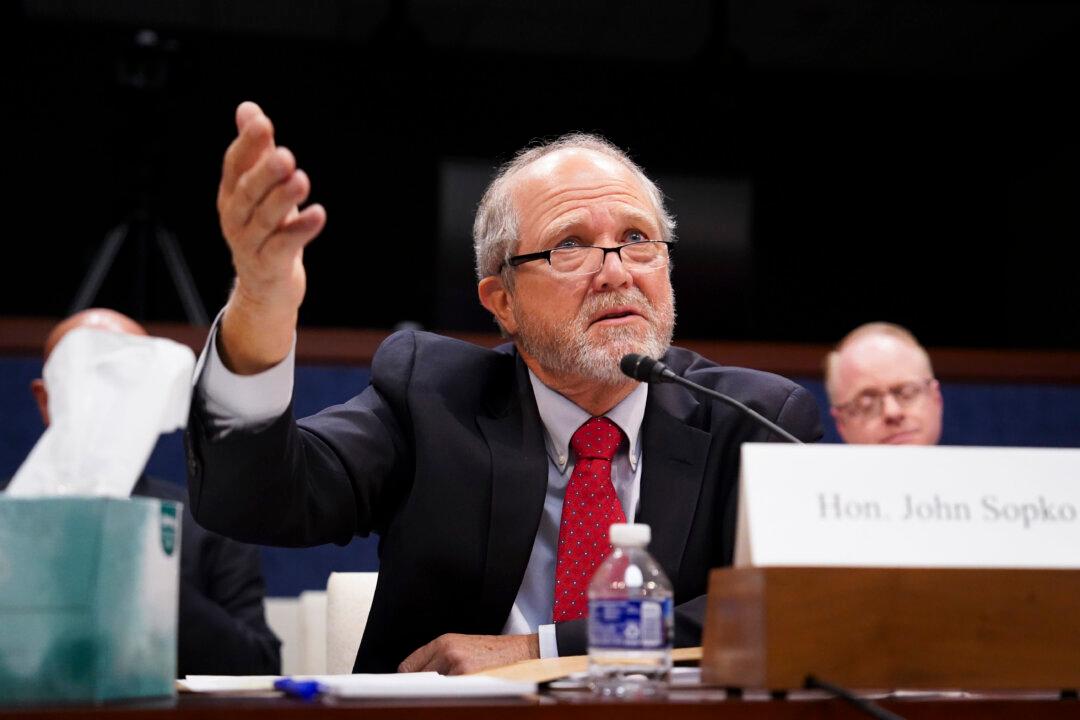The State Department in December 2023 revised its policy to now seek “meaningful dialogue” with the Taliban, 30 months after its calamitous withdrawal cost 13 U.S. servicemembers and hundreds of Afghans their lives in an ignoble end to the 20-year U.S. war in Afghanistan.
The Biden administration is doing so despite knowing there’s no such thing as “meaningful dialogue” with the Taliban, State Department officials told investigators with Special Inspector General for Afghanistan Reconstruction (SIGAR) John Sopko’s office in a 154-page booklet-type report released Feb. 1.





